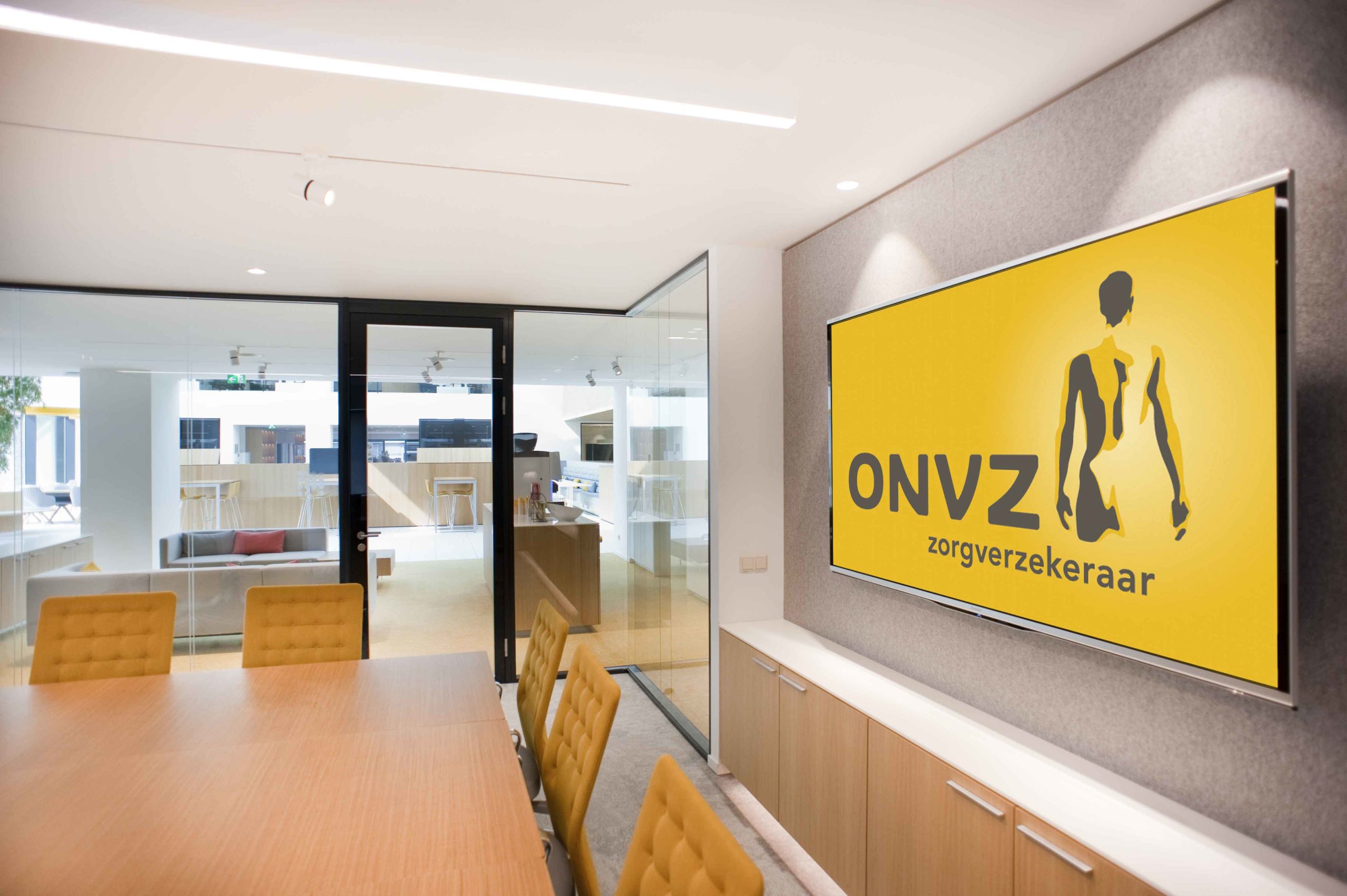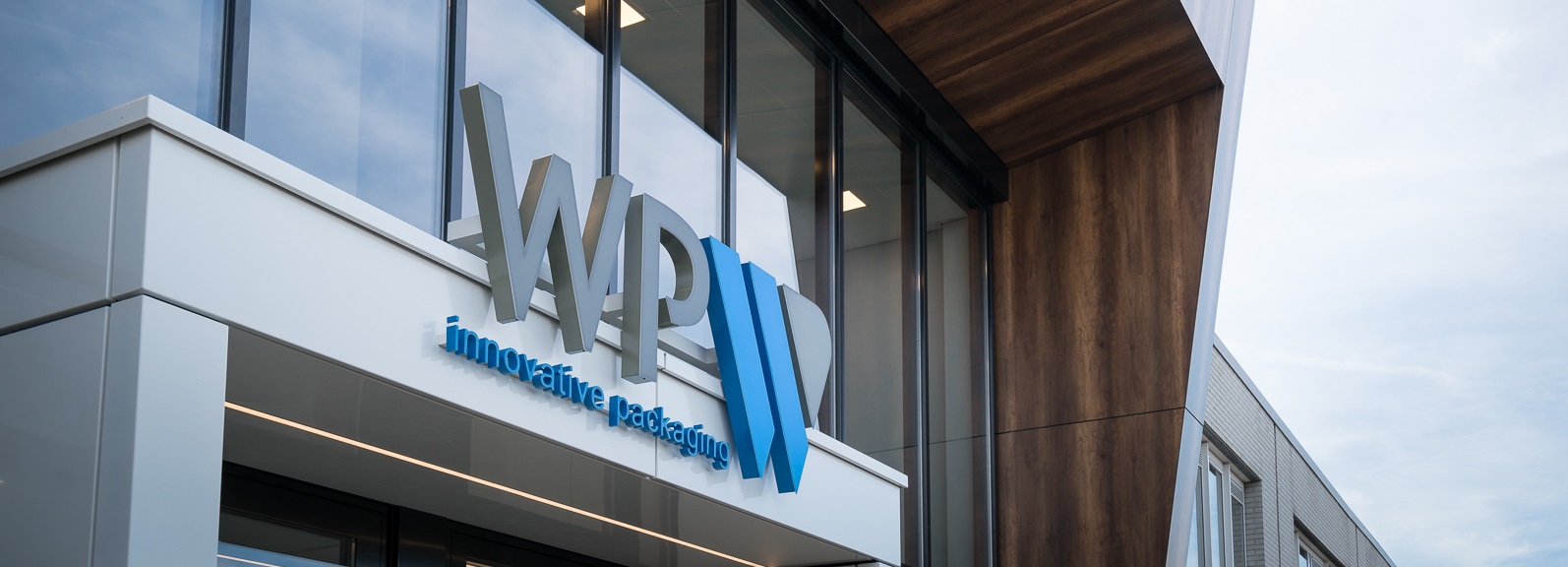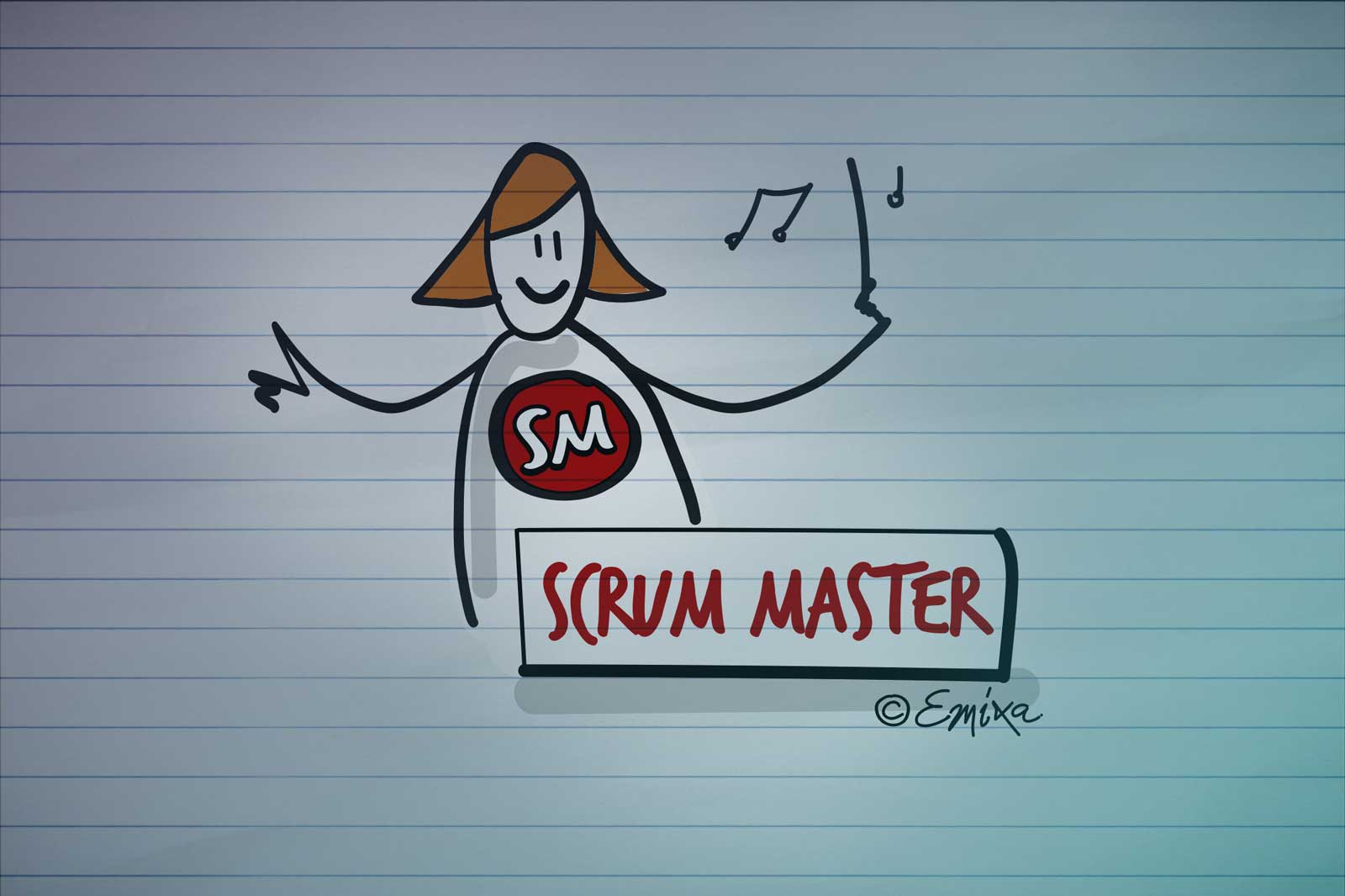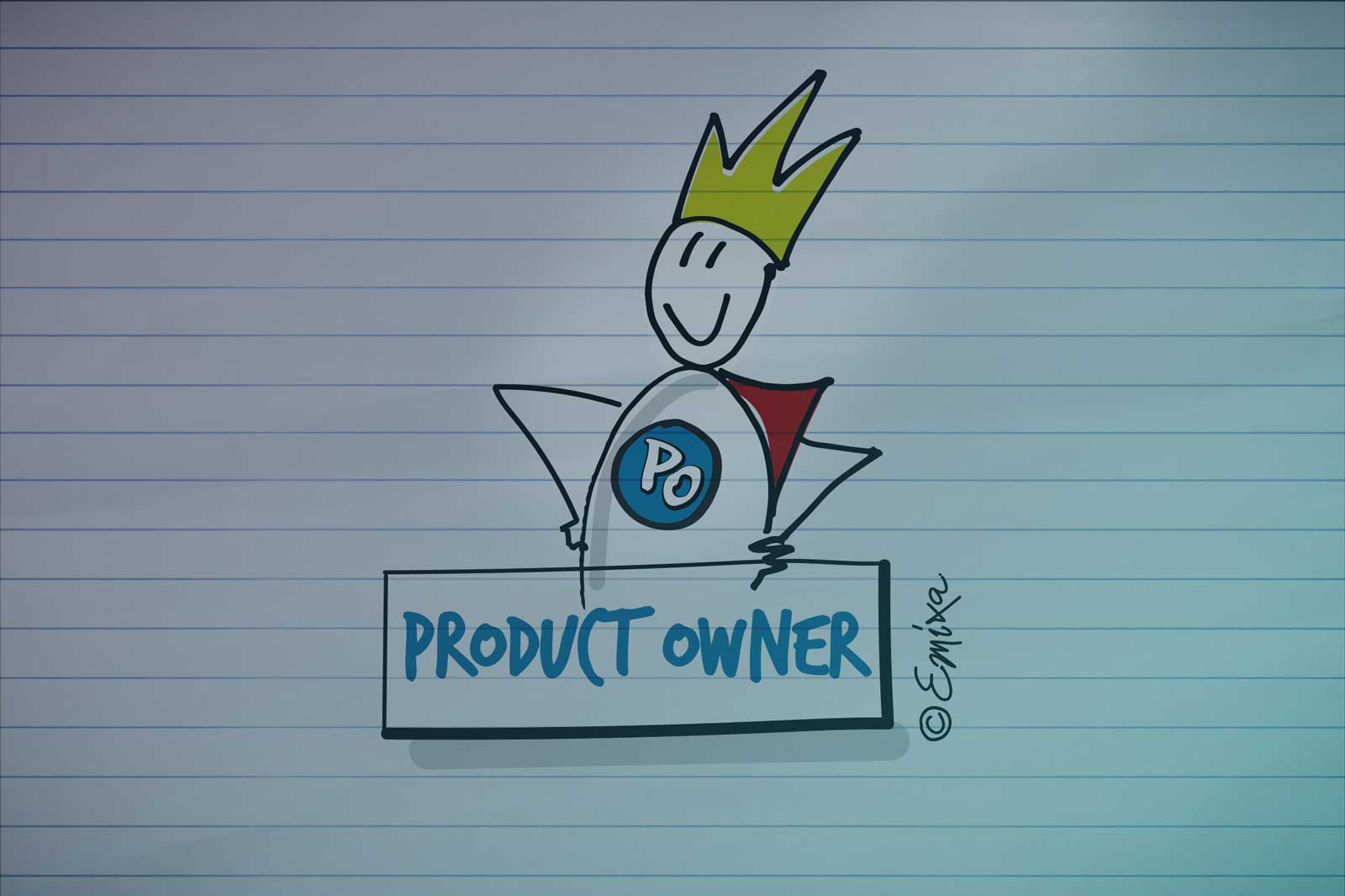News & Blogs
Stay updated with the latest news, insights, and expert blogs from Emixa. Explore industry trends, digital innovations, and company updates all in one place.

- Mendix
ONVZ and Emixa Elevate Applications and Development Environments
ONVZ, the Premier Health Insurer, relies on robust software to manage all insurance processes efficiently. They aimed to rapidly build necessary portals and enhance user-friendliness in existing environments, particularly crucial during the year-end peak when people renew or acquire health insurance. Collaborating with Emixa, utilizing Mendix technology, ONVZ improved the Business-to-Business portal for collectives and intermediaries, enabling employers and insurance advisors greater autonomy.

- Mendix
Weener Plastics Transitions to Innovation Factory
Recently, the Transport Management System (TMS) application for Weener Plastics has gone live and is now in operation. The Mendix app automates the logistics processes related to transport, including planning, administration, and financial processing. We congratulate Weener Plastics on the successful launch of the first application in a series of innovative Mendix apps focusing on production, HR, and process optimization.

- ERP Software
Cloud ERP: Focus on Process Transformation, Not System Development
In recent years, there has been a noticeable trend towards adopting cloud software. In fact, it's now almost unquestionable whether new software should be cloud-based. Consequently, most ERP implementations today are also "cloud-based". However, this necessitates a different approach to implementation. Previously, the configuration of an ERP system was largely driven by specific customer needs and requirements, but cloud-based ERP systems emphasise following "best practices". In essence, the most efficient process flow provided as standard by the ERP software is then adhered to for standard processes.

- Data Analytics
- ERP Software
5 Questions About SAP Business Data Cloud: The Collaboration Between SAP and Databricks
SAP and Databricks have recently launched SAP Business Data Cloud (BDC), a powerful data solution. Designed for businesses that use SAP and want to make better use of their data. It allows companies to seamlessly combine operational SAP data with the modern Databricks platform.

3 Tips for Working Remotely as a Scrum Master
Scrum teams work best when they can work together physically at the same location. However, it is common for team members within a scrum team to work remote from each other. This creates some challenges for the Scrum Master. We elaborate on three tips, based on our own experience, to help the Scrum Masters excel in their role while working remotely.

- PLM
- Mendix
- +1
Digital Maturity: How to Turn Your Digital Strategy into Reality
The manufacturing industry is under increasing pressure to operate more efficiently, flexibly and competitively. Digitalisation plays an important role in this, but many companies struggle with how best to tackle this transformation. Why is that? And how to move forward? We're here to help find a path towards digital maturity.

Argenta Renews Customer Environment with Emixa
Argenta Netherlands is a digital bank specializing in savings and mortgages, catering primarily to individuals rather than businesses. The bank relies on independent advisors for mortgage closings and the provision of related products.

- Teamcenter
Teamcenter X: PLM Access Anywhere with Cloud Software-as-a-Service
Are you looking for future-ready PLM software that ensures access to the right documentation from any location? Companies face ongoing challenges to reduce costs, enhance productivity, and elevate quality. At the same time, these organisations need to adapt to changes in the market. Teamcenter X is a cloud Software-as-a-Service (SaaS) that provides direct access to preconfigured PLM capabilities with a simple user experience. Active Workspace is the primary user interface of Teamcenter X and enables users working from home, the office or anywhere else to securely access product information over the internet and easily collaborate on processes across the entire company. Tailoring to user needs Active Workspace is easy to customise to specific user needs. Teamcenter X can be hosted in the MCAD and ECAD design tool such as Siemens NX for your design teams or a simple web interface for all other users. Future-proof solution This cloud software provides a future-proof, modern cloud PLM solution that eliminates technical barriers. Teamcenter X enables you to work smarter with the latest technology and cloud microservices. Digital Twin Teamcenter X supports the full digital twin: create one parts list across multiple domains by managing, sharing and collaborating across multiple mechanical and electronic design tools. Accelerate product development time by reusing designs, managing changes and reducing lead time. Operating costs vs capital costs The flexible SaaS financial model includes installation, administration, operational management services and upgrades to help you get up and running quickly and cost effectively for a rapid return on your investment. Invest in the predictable use of operational costs of existing IT infrastructure versus capital costs for low ownership costs. External management Emixa industry Solutions manage all operations and maintenance for Teamcenter X, including installation and upgrades to keep you up-to-date with the latest product enhancements. This streamlined approach eliminates the complexities, costs, time investments, and risks associated with performing PLM installation, maintenance, and upgrades. Security and privacy The Siemens managed SaaS environment is built on enterprise-grade cloud infrastructure incorporating security, compliance and support for global organisations. The cloud infrastructure is housed in data centres designed to meet the requirements of the most security-sensitive companies. The cloud infrastructure safeguards privacy and mitigates the risk of data loss. Plug & Play PLM software With built-in configurations and best practices, Teamcenter X can help you get started quickly with managing your product lifecycle: MCAD data management ECAD data management Multi-CAD collaboration BOM management CAD-neutral JT visualisation Manage Microsoft Office documents Manage Adobe PDF files Manage all file types (TXT, GIF, MSG, HTML, etc.) Microsoft Office integration Active workspace Discover the Teamcenter X cloud PLM software today! Request the free 30-day trial and explore the world's most widely used PLM software through a full licence with sample files and guided tutorials. See and experience how your entire organisation can work smarter and faster!

4 Tips for Hybrid/Remote Working as a Product Owner
In the evolving landscape of remote work, the role of a Product Owner (PO) within Scrum teams has been subject to considerable adaptation and reevaluation. The traditional Scrum framework, designed with co-located teams in mind, has been challenged by the widespread shift to remote work. This article delves into how Product Owners can navigate this new terrain, offering insights and strategies that are both thought-provoking and rooted in practical experience. Are you a scrum master? We also wrote an article with tips for hybrid/remote working as a scrum master.